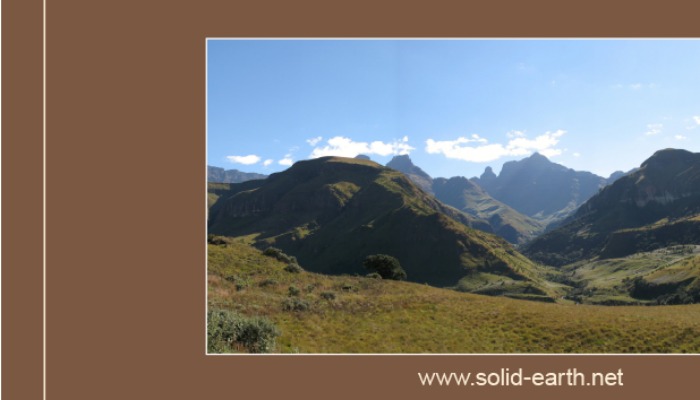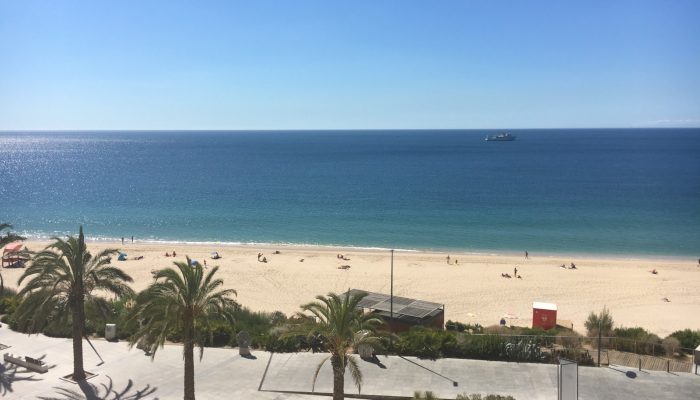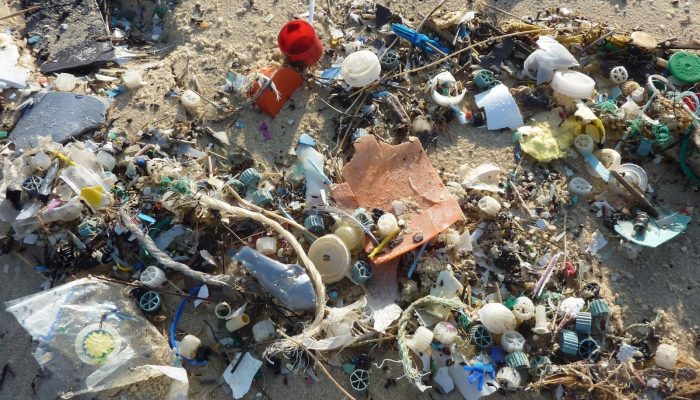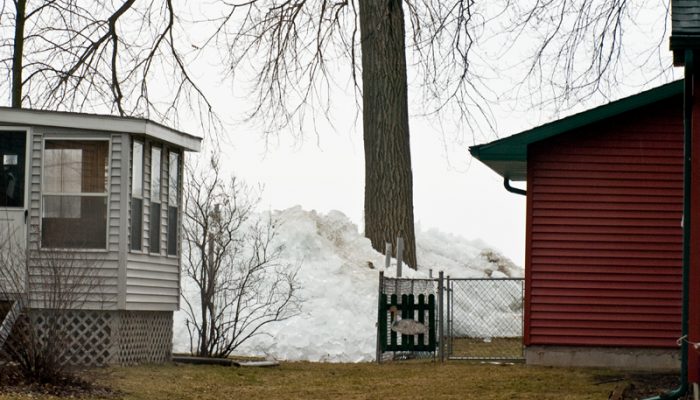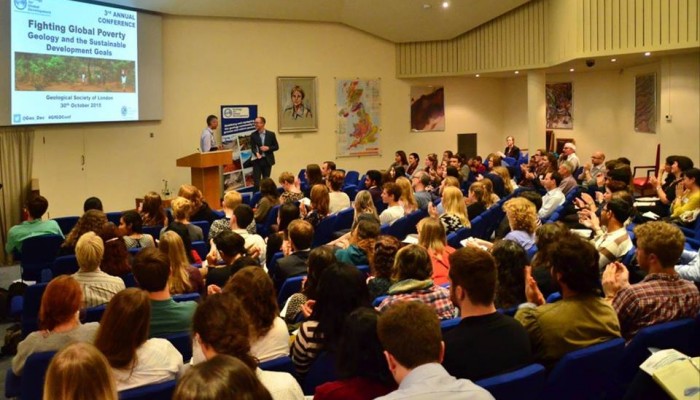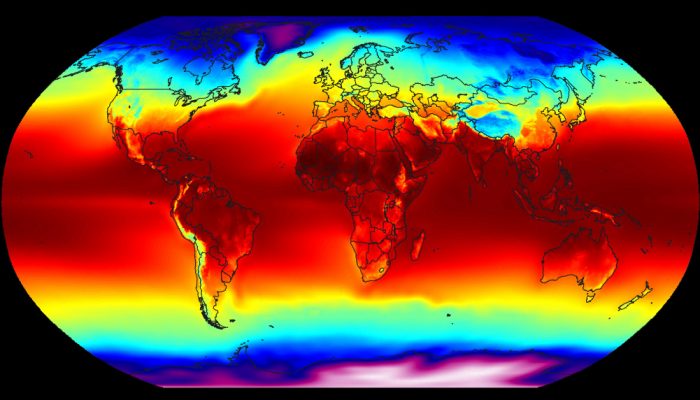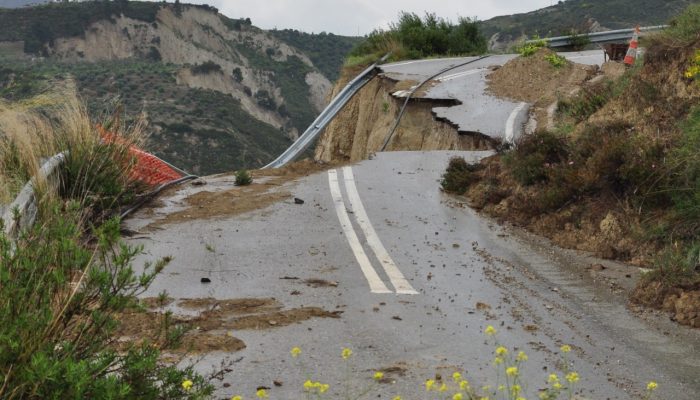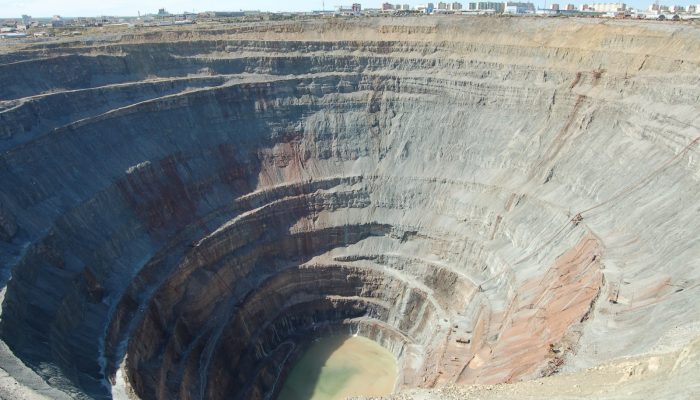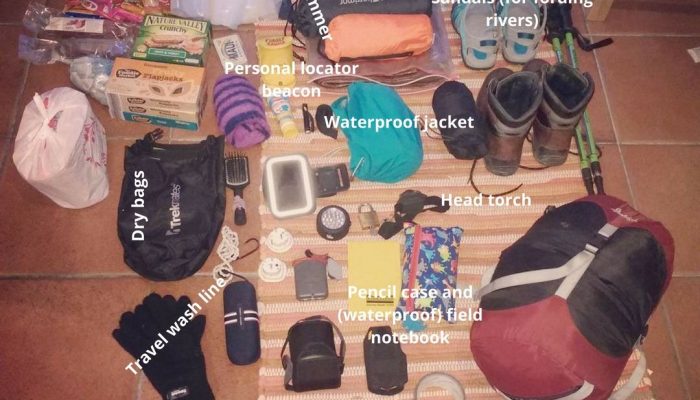Fabrizio Storti Chief Executive Editor of Solid Earth Università degli Studi di Parma The importance of publishing open access is increasing every year in Scientific Institutions worldwide and is becoming mandatory in several research funding programmes. Many funding institutions, including ERC, are financially supporting publishing in open access journals. EGU and Copernicus launched open access ...[Read More]
If you didn't find what you was looking for try searching again.
GeoLog
Stop the press!: How to pitch your research to a journalist or editor
Why does some research make it into the main stream media, while so many stories languish in the expanse between the lab bench and research papers? The answer isn’t straightforward. A variety of factors come into play: is the research newsworthy; is it timely; does it represent a ground-breaking discovery; or is it of human and societal interest? Newsworthiness isn’t the be all and end all. Someti ...[Read More]
Seismology
What was going on this week in the world of the ECSeismologists?
The 2nd TIDES training school! About 60 ECSeismologists (42% women, 58% men; 67% PhD students, 33% others) gathered in Sesimbra (Portugal) from 19th to 23th Sep 2016 to be trained on seismic noise, from the physics of noise generation to seismic interferometry. Two of us had the opportunity to attend the school and we are happy to share our experiences in the blog! But first, what is TIDES? Ok, ap ...[Read More]
GeoLog
GeoTalk: Investigating the transport of plastic pollution in the oceans
Geotalk is a regular feature highlighting early career researchers and their work. In this interview we speak to Erik van Sebille, an oceanographer at the Grantham Institute at Imperial Collage London, and winner of the 2016 OS Outstanding Young Scientist Award. As an expert in understanding how oceans transport all kinds of materials, from water and heat through to plastics, Erik has gained detai ...[Read More]
Cryospheric Sciences
Image of the Week — ice tsunamis !
“Tsunami“ is a word that became world famous after the so-called Christmas tsunami in 2004, when enormous waves hit the shores around the Indian Ocean with disastrous consequences for countries such as Sri Lanka, Thailand, Somalia and many others. But did you know that tsunamis can be icy? An ice tsunami is one of the many names associated with ice shoves (or ivu, shore ice override, i ...[Read More]
Geology for Global Development
4th GfGD Annual Conference – Geology and the SDGs (Registration Open)
Registration for the next GfGD Annual Conference is now open! 4th GfGD Annual Conference – Geology and the Sustainable Development Goals Friday 4th November 2016 (registration open from 9.45 am, for a 10.20 am start), hosted and supported by the Geological Society of London (Burlington House, Piccadilly, London). Register here: http://gfgdconference2016.eventbrite.co.uk/ (£5 students/unwaged ...[Read More]
Tectonics and Structural Geology
Minds over Methods: Numerical modelling
Minds over Methods is the second category of our T&S blog and is created to give you some more insights in the various research methods used in tectonics and structural geology. As a numerical modeller you might wonder sometimes how analogue modellers scale their models to nature, or maybe you would like to know more about how people use the Earth’s magnetic field to study tectonic processes. ...[Read More]
GeoLog
Imaggeo on Mondays: The road to nowhere – natural hazards in the Peloponnese
The Gulf of Corinth, in southern Greece, separates the Peloponnese peninsula from the continental mainland. The structural geology of the region is complex, largely defined by the subduction of the African Plate below the Eurasian Plate (a little to the south). The Gulf itself is an active extensional marine basin, i.e., one that is pulling open and where sediments accumulate. Sedimentary basins r ...[Read More]
Energy, Resources and the Environment
The Scorpion and the… Trees: Surface mining (im)practical implications
The Scorpion and the Frog. This old tale, which was first documented by the movie Mr. Arkadin by Orson Welles, reports a scorpion that wants to cross a river… and asks a frog for a ride. Embarking on a lose-lose situation, both the frog and the scorpion are doomed in the tale. Dramatic, this fable severely resembles how humans conduct their quest for resource extraction. Surface mining, a pa ...[Read More]
GeoLog
What is in your field rucksack? Camping in Iceland
Inspired by a post on Lifehacker on what your average geologist carries in their rucksack/backpack, we’ve put together a few blog posts showcasing what a range of our EGU members carry in their bags whilst in the field! Beautiful, eyrie, the land where fire meets ice: Iceland. An Earth scientist’ dream, complete with lava, volcanoes, earthquakes, impossible landscapes, ice, snow, the ocean…Iceland ...[Read More]

